Placing a price on a privately-held company is usually more complex than placing a value, or a price, on a publicly-held company. There are many reasons for this fact, but one of the top reasons is that privately-held companies don’t have audited financial statements.
Why are Audited Financial Statements Lacking in Privately-Held Companies?
Preparing an audited financial statement is expensive and, as a result, many companies that have not gone public simply forego the expense. On the other hand, publicly held companies reveal much more information regarding their finances as well as a range of other kinds of information.
Compared to a privately-held company, a publicly held company can often seem like an “open book.” Buyers are left with the proposition of having to dig out a lot more information from a privately-held company in order to assess whether or not a valuation or price is accurate.
What Can You Do to Overcome this Factor?
You, as the seller, can help streamline this process. By having as much information available as possible and having your accountant make sure that your numbers are presented in a manner that is easy to understand and follow, you will increase your chances of selling your business.
Experts agree that there are several steps a seller of a privately-held company can make when he or she is establishing a price or a value. First, use an outside appraiser or expert to determine a value. Next, establish what your “go-to-market” price is. Third, know your “wish price.” A seller’s “wish price” is the price that he or she would ideally like to see. Finally, it is critical that sellers establish the lowest price that they are willing to take. You should know in advance how much you are willing to sell for as this can help a negotiation move along.
The Marketplace Will Ultimately Decide
It is common that the final sale price for the company be somewhere between the asking price and the bottom-dollar price established in advance by the seller. Yet, it is important to note, that on occasion a selling price may, in fact, be lower than any of the four we’ve outlined above. At the end of the day, the undeniable fact, is that the marketplace will establish the final sales price.
Here are a few of the areas that you can expect a buyer to review when establishing the price that he or she is willing to pay: stability of the market and stability of earnings, the potential of the market, product diversity, the size of the customer base, the number and seriousness of competitive threats, how broad the customer base is, the relationship with suppliers, the distribution network in place, needs for capital expenditures and other factors. The more favorable each of these points are, the more likely it is you’ll receive a higher price.


